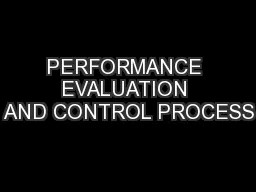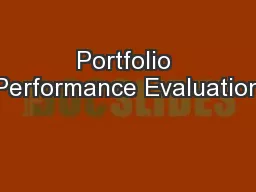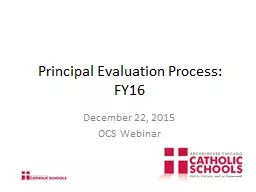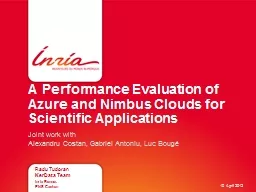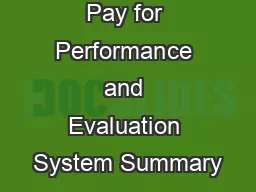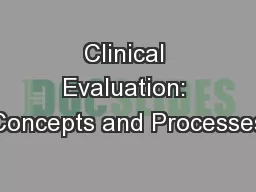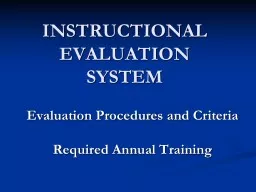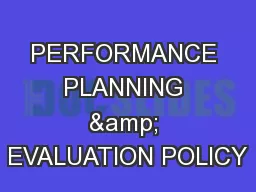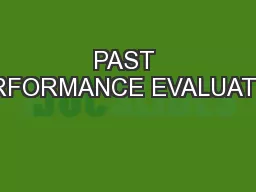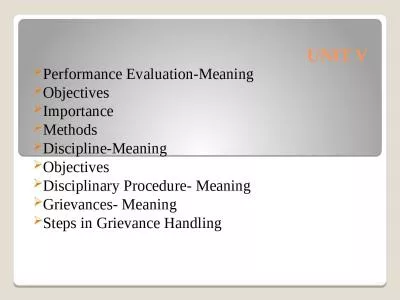PPT-PERFORMANCE EVALUATION AND CONTROL PROCESS
Author : tatiana-dople | Published Date : 2016-03-18
I Arul Edison Anthony Raj MBA MPhil PGDIB ADHRM UK Assistant Professor EGS Pillay Engineering College Nagapattinam Performance Appraisal Performance appraisal
Presentation Embed Code
Download Presentation
Download Presentation The PPT/PDF document "PERFORMANCE EVALUATION AND CONTROL PROCE..." is the property of its rightful owner. Permission is granted to download and print the materials on this website for personal, non-commercial use only, and to display it on your personal computer provided you do not modify the materials and that you retain all copyright notices contained in the materials. By downloading content from our website, you accept the terms of this agreement.
PERFORMANCE EVALUATION AND CONTROL PROCESS: Transcript
Download Rules Of Document
"PERFORMANCE EVALUATION AND CONTROL PROCESS"The content belongs to its owner. You may download and print it for personal use, without modification, and keep all copyright notices. By downloading, you agree to these terms.
Related Documents

